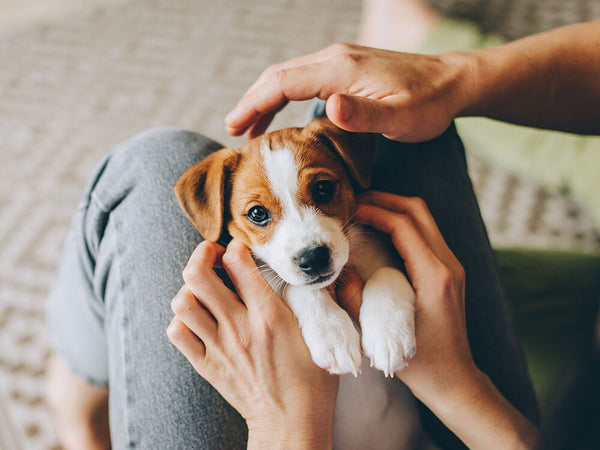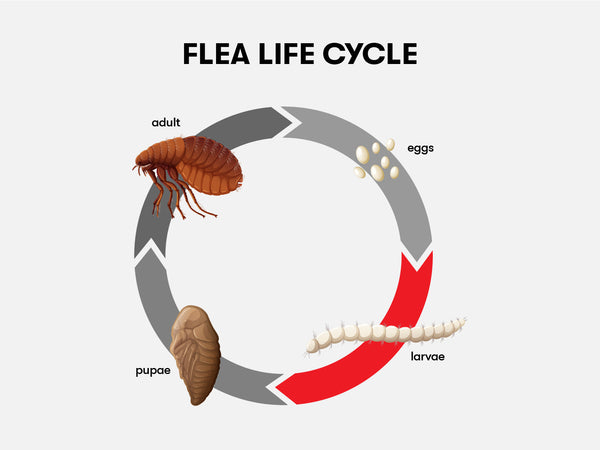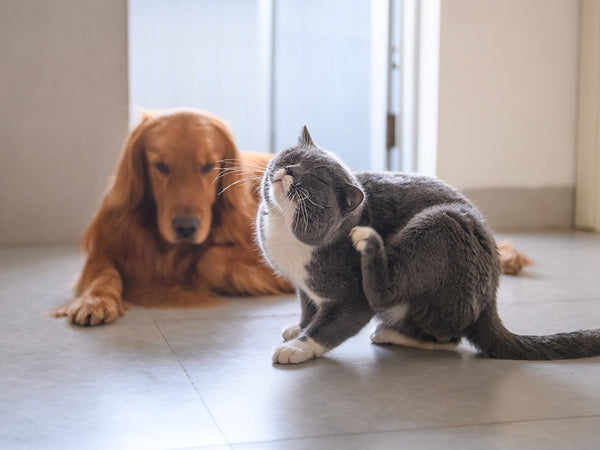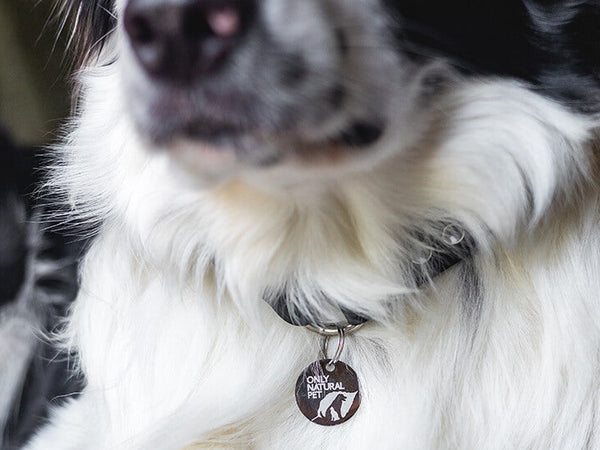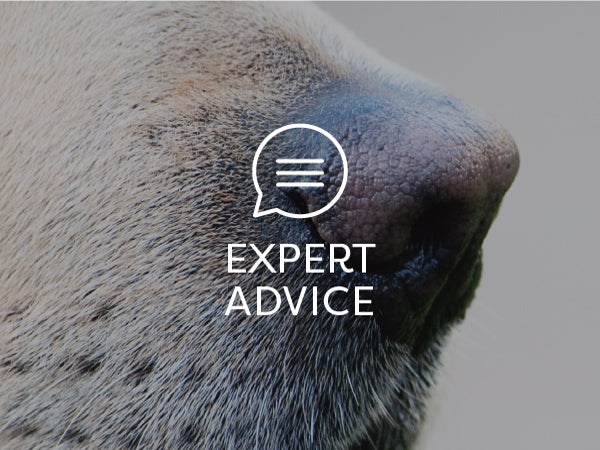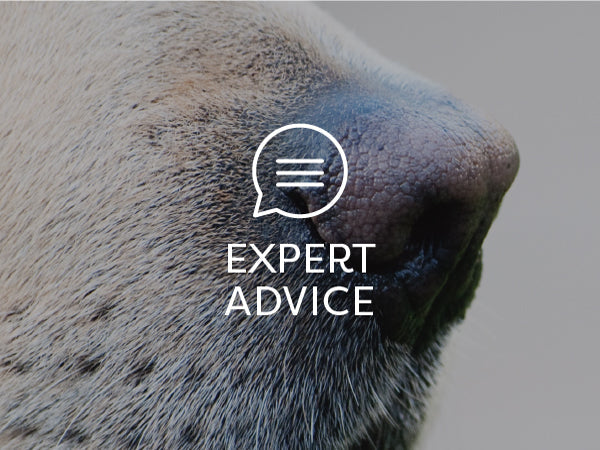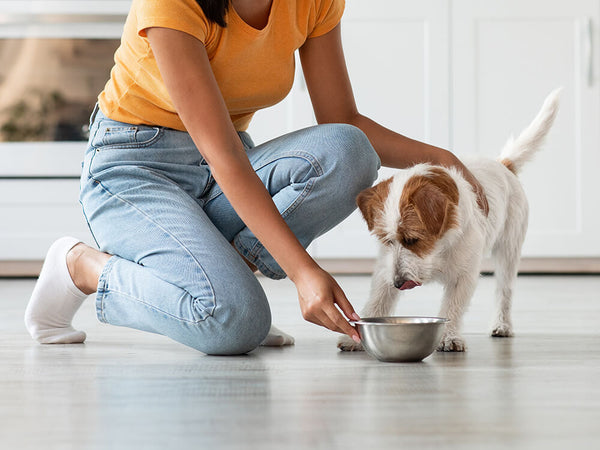Feline Lower Urinary Tract Disease Diet & Home Treatment
Written by: Dr. Larry Siegler, Holistic Veterinarian, DVM
Feline Lower Urinary Tract Disease
To many of us in the field of veterinary medicine, the fact that cats (and dogs) are experiencing an increasing variety and frequency of chronic illnesses with each generation has become very troubling. Feline Lower Urinary Tract Disease (FLUTD – formerly known as Feline Urinary Syndrome, FUS) is one such disorder. This month's newsletter is devoted to our feline friends as we are receiving an unprecedented amount of inquiries about what to feed a cat that has experienced one or more episodes of FLUTD.
You can find detailed information about the diagnoses and symptoms associated with FLUTD, by Wendy C. Brooks DVM, DABVP on VeterinaryPartner.com. To quote from the article:
"Feline lower urinary tract disease, or FLUTD, is the term that describes the following group of clinical signs:
- Bloody urine
- Straining to urinate (can easily be mistaken for straining to defecate)
- Urinating in unusual places
- Urinary blockage (almost exclusively a male cat problem)
- Licking the urinary opening (usually due to pain)
Some veterinarians may still be using the older term feline urologic syndrome, or FUS, or simply cystitis (meaning literally inflamed bladder). Because the syndrome can have many possible causes, it was renamed to discourage the perception that the clinical signs seen represent one disease with one cause. It was becoming too simple for medical professionals to diagnose FUS, prescribe a treatment, and look no further for a diagnosis, writing off recurrence to the classical course of the syndrome. Even less accurately, this condition is frequently referred to as a bladder infection, which it usually is not, in an attempt to simplify its description."
Diagnosis is important, as there are various treatments and remedies to help with specific causes. Regardless of the cause of FLUTD, however, the basic remedies are the same for every cat: diet and hydration.
The Best Diet for Cats with FLUTD
Traditional veterinary treatment will often include prescription diets, many of which contain preservatives, fillers and insufficient nutrition. No cat should eat dry food as a large part of their diet, but for cats with FLUTD or who have had an episode of FLUTD, avoiding dry kibble becomes essential.
Cats eating a dry food diet have more concentrated urine and do not drink enough to compensate for the lack of moisture in their food. In addition, dry kibble contains too much grain and cats do not typically utilize the nutrients in grains well. Cats are carnivores -- their systems are designed to digest and assimilate small prey like mice or birds – meat and organs, lots of moisture (about 70% - 90% water), and no grains except what is in those tiny little stomachs and digestive tracts. Mice are 40% protein, 50% fat and only 3% carbohydrate (grains are carbohydrates). A cat’s main protein source needs to be meat. Raw meat is ideal since this is the cat’s natural diet and their systems are uniquely designed to digest and assimilate the nutrients in a raw meat diet. Chewing chunks of raw meat also helps clean a cat’s teeth; contrary to what you may have heard, crunching dry kibble DOES NOT clean a cats teeth. Kibble breaks into small chunks that lodge between the teeth and create decay. (View raw meat diets for cats available at Only Natural Pet).
Some guardians are not comfortable with or cannot practically feed raw food. A high quality canned food will at least provide a meat based diet. Read the label carefully to determine that the food is mainly meat (see the article "What You Need to Know About Your Pet's Food") and contains no fillers or meat by-products. You may be advised to look for a food low in ash or magnesium. Most all high quality canned foods qualify, including all of those sold at Only Natural Pet (View wet diets for cats available at Only Natural Pet).
Cats may become addicted to dry kibble and may resist the change to a canned or raw food diet. Go slowly – if your cat is used to “grazing” at will with a bowl of dry food left out all day, then start by feeding the kibble only two times per day, left out for an hour at the most. Next add a small amount of canned food to his dry food at each meal. Yes, you may have to try over a dozen varieties and flavors to get him started, but once a cat becomes more accustomed to eating canned he may become less finicky. Increase the amount of canned and/or raw gradually until dry kibble is a very small part of his diet. It is OK if he gets a little hungry during this transition period. Losing up to 5% of his body weight is not going to hurt him. If he loses up to 10%, then it is time to try another approach.
"No cat should eat dry food as a large part of their diet, but for cats with FLUTD or who have had an episode of FLUTD, avoiding dry kibble becomes essential.."
Hydrationfor Cats with FLUTD
The first step in increasing your cat’s hydration is changing from dry to raw or canned food. In addition to this it is important to encourage her to drink water. Cats are quite unique and individual in their preferences, so experiment and see what she prefers. Use different sizes and shapes of bowls in different locations – some like deeper bowls, some shallower, and some cats prefer not to drink near their food, etc. Many cats like running water. One of my own cats used to drink best out of the bathroom faucet left on at a fast drip. We finally bought him one of the kitty drinking fountains and put it on the counter next to the sink. He switched to the fountain over the course of a week or so and then we moved the fountain to a less obtrusive location.
If your cat remains stubborn about not drinking water, you can bribe her with a bit of unsalted broth or clam juice (not tuna) if need be and dilute it over time until she will drink water. Bottled or filtered water is best and will likely taste better to your cat as well.
Holistic & Home Treatment for Cats with FLUTD
In addition to diet and hydration, a variety of other holistic treatments can be helpful in treating FLUTD. Chinese herbs, western herbal combinations, nutritional supplements, homeopathic remedies and acupuncture can be beneficial for FLUTD, depending on the cause and specific symptoms. Some of these are available at Only Natural Pet Store as listed below. Please ask for assistance in choosing supplements if you do not have the guidance of a holistically trained veterinarian.
- Only Natural Pet Tract-Ease: Designed to rebuild and strengthen the entire urinary tract. It is specifically developed for kidney and bladder problems, and to help relieve hemorrhaging, bleeding, or infection.
- Vetri-Science Acetylator: Helps improve mucosal lining of the bladder. Can be helpful when there is blood in the urine with no infection present.
- Vetri-Science UT Strength for Cats: Helps prevent recurring bladder infections, maintain pH, improve circulation and maintain health of the Urinary Tract.
- Nature's Herbs for Pets Urinary Relief: Helps prevent recurring bladder infections, aid elimination, and sooth inflamed membranes.
- Animal Essentials Tinkle Tonic: Helps prevent recurring bladder infections and aids the healing of inflamed urinary tract tissues.
Additional Resources for FLUTD:
- The Truth About Dry Food – online article by Michelle Bernard
- Articles listed on www.catnutrion.org
- Felinefuture.com





